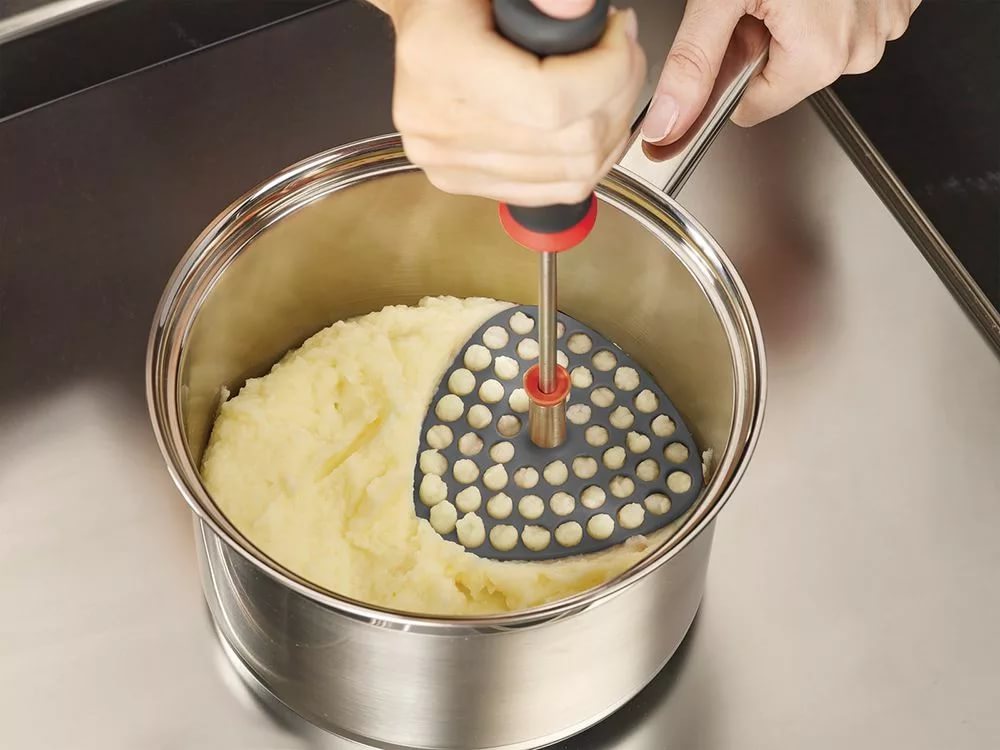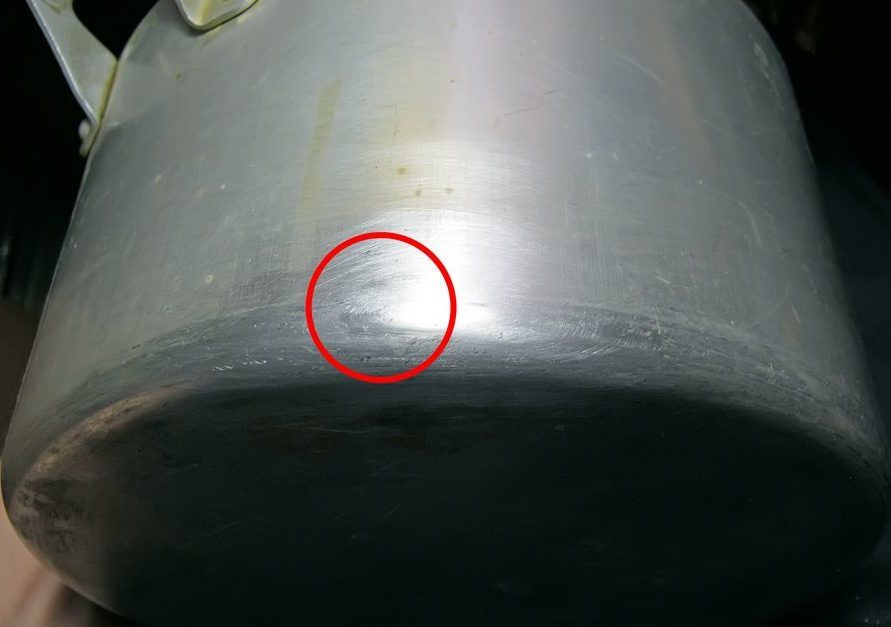In recipes for cooking, most often the weight of the ingredients is written in grams. But how to measure these very grams if there are no special measuring spoons in the house? Ordinary tea utensils will come to the rescue. Thanks to them, you can easily determine the amount of product that a particular recipe requires.
@ medicalnewstoday.com
The content of the article
-
How much does a teaspoon hold?
- Soda, sugar, salt and yeast - how many are in a teaspoon?
- Determine the weight of viscous and liquid products
- Measurement guidelines
How much does a teaspoon hold?
The tea spoon has a very small volume. With the help of the device, ingredients are measured, which are needed a little. Often in recipes for baking or desserts, there are instructions to add a teaspoon of sugar or, for example, cocoa.
According to the generally accepted standard, a teaspoon has a volume of 5 grams or 5 milliliters.
You need to understand that each product has a specific density. This means that the weight of different ingredients can vary significantly. If you do not pay enough attention to this, it is easy to spoil the dish even at the stage of preparation and mixing of the components.
@ confectionerynews.com
Soda, sugar, salt and yeast - how many are in a teaspoon?
Specialists in cooking often abandon special measuring utensils in favor of a familiar cutlery. The fact is that the spoon is always at hand and it is convenient to measure the required amount of components with it.
One has only to have an idea of the weight of food or always keep a "cheat sheet" at hand.
Frequently used foods include:
- Gelatin, baking powder, cocoa powder, poppy seeds - 5 g.
- Sugar, citric acid, semolina, barley and corn grits - 7 g.
- Cinnamon, rice, pearl barley and buckwheat, millet - 8 g.
- Starch, flour, salt, powdered sugar - 10 g.
- Baking soda, milk powder - 12 g.
The lightest - instant coffee and dry yeast - in a teaspoon only 2.5 g of the first and 4 g of the second.
@ swissinfo.ch
Determine the weight of viscous and liquid products
Measurement is much easier with liquid products. They completely fill the device to the brim and put it in a prepared dish. We have prepared a list by putting together a cheat sheet for you with the weight of the ingredients:
- Vegetable oil and water, milk and cream, and vinegar - 5 g.
- Kefir - 6 g.
- Honey and soy sauce - 7 g.
- Mayonnaise and liqueur - 8 g.
- Sour cream, yogurt and tomato paste - 10 g.
- Condensed milk - 12 g.
- Jam or jam - 15 g.
Viscous products such as jam are placed in an even layer, with a slight slide.
@ freefoodtips.com
Measurement guidelines
Most cooking guides indicate, for example, ½ hour. l. sugar or 3 tsp. l. soda. Everything is clear here, so you don't have to translate it into grams.
But in professional culinary tomes, everything is weighed by scales - the amount is indicated in grams.
That is why glasses and cutlery are used. There are certain recommendations on how to make measurements correctly:
- bulk products are placed with a small slide;
- liquid ingredients are poured in an even layer to the brim;
- viscous foods (like jam) should be tightly packed and have a slight heap.
It is also important to read the recipe carefully. Some say, for example, “add 1 tsp. l. sugar without a slide. " This means that the product is poured into an even layer. Otherwise, it is easy to spoil the consistency of the future dish.
Subscribe to our Social Networks


